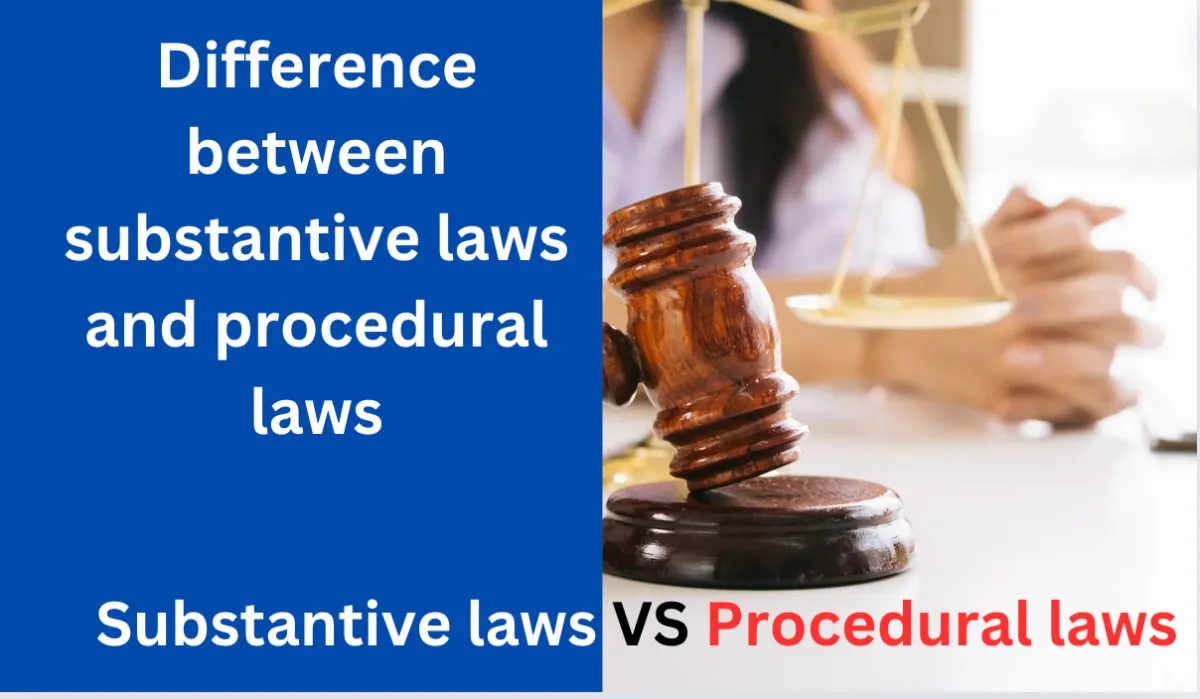What are the Difference between substantive laws and procedural laws?
Dealing with the complicated legal system usually involves knowing two main types of laws: substantive laws and procedural laws. Though these words may seem complicated, they are very important to understanding and practicing fairness. Legal principles explain people’s rights and responsibilities and spell out what behaviour is accepted or illegal. Legal processes are governed by procedural laws, which spell out the steps that must be taken to enforce real rights and duties.
Legal principles are like the main rules of a game that tell you what actions are allowed and not allowed. While procedural laws make sure that cases are treated fairly and disputes are settled consistently, substantive laws are like the actual rules for how the game is played.
In this blog, the difference between substantive laws and procedural laws are explored, along with their purposes and why anyone interested in the legal system needs to understand them. If you’re a student, a lawyer, or just interested in the law, this exploration will help you understand the basic ideas that make our legal systems work.
lets see the difference between substantive laws and procedural laws
| Substantive Law | Procedural Law |
| Defines the legal rights and obligations of individuals and organizations | Defines the processes and methods by which legal proceedings are conducted |
| Governs the conduct of individuals and organizations in society | Governs the conduct of individuals and organizations in the legal system |
| Establishes penalties for violating legal rules and regulations | Establishes the steps that must be taken to enforce substantive laws |
| Determines the substantive rights and duties of parties involved in a legal dispute | Determines the procedures that must be followed to bring a legal dispute to resolution |
| Dictates the outcome of a legal case based on the facts and circumstances | Dictates the way a legal case is presented and argued in court |
| Focuses on the substance of the law and its content | Focuses on the process of the law and its application |
| Designed to protect the rights of individuals and society as a whole | Designed to ensure that legal proceedings are fair and just |
| Examples include tort law, family law, and constitutional law | Examples include rules of evidence, rules of discovery, and rules of civil procedure |
Legal systems work by having clear difference between substantive laws and procedural laws. Our legal rights and duties are based on substantive laws, which tell us what we can and cannot do and what safeguards the law gives us. People’s behaviour and how people deal with each other in society are governed by these rules.
Meanwhile, procedural rules show you how to go through the judicial system. Assuring that substantive laws are followed in a fair and uniform way is their job. Starting a case to the final appeal, procedural laws set the rules and structure for justice, making sure that everyone has a clear and fair way to protect their rights and get justice.

